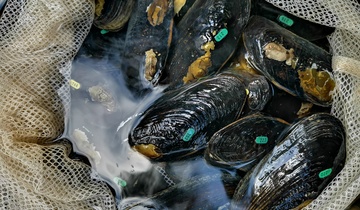Aquatic Biosecurity – a year in review
There are a wide range of freshwater pests, existing and potential, that pose a significant threat to New Zealand's environment and economy. These are of concern to both the public and those responsible for their management.
The goals of the aquatic biosecurity programme are to:
- reduce the risk of new freshwater invasive species entering and establishing in New Zealand and
- prevent or minimise the impacts of resident alien invasive species on freshwater.
To reduce the risk of new freshwater invasive species entering and establishing we need to be able to identify species, understand which species may pose a threat and how and where to look for them.
To prevent or minimise impacts of freshwater systems we require the right tools and the knowledge of how to best use these.
A number of web accessible tools and publications have been produced in the last year to help achieve these goals:
- Identification guides and database resources are described in Mapping our freshwater biodiversity with links to guides for algae, fish, invertebrates and plants
Problematic species are described in the Freshwater Pests of NZ booklet. This is an e-book with new information on additional species to that in the previous publication, which will be a significant resource for expanding the awareness of management agencies, field staff, researchers and the public with an interest in freshwater pest species.
NIWA has contributed to the New Zealand Plant Conservation Network and the Federation of NZ Aquatic Societies websites with co-funding from TFBIS (the terrestrial and freshwater biodiversity information system funding administered by DOC).
- Surveillance. A research project on freshwater surveillance Staying ahead of water weed invasions shows how modelling work has provided new information on which water bodies may be at greatest risk.
- Monitoring with plant indicators enable us to Keep tabs on lake health. More information is available on the LakeSPI website
- Management. Some of our pest plants cause problems in other countries and we collaborate with other researches to find solutions. The Globalisation of aquatic plant pests. This demonstrates examples with Crassula helmsii and Ceratophyllum demersum. An example of research to improve management options is Controlling water weeds with grass carp








